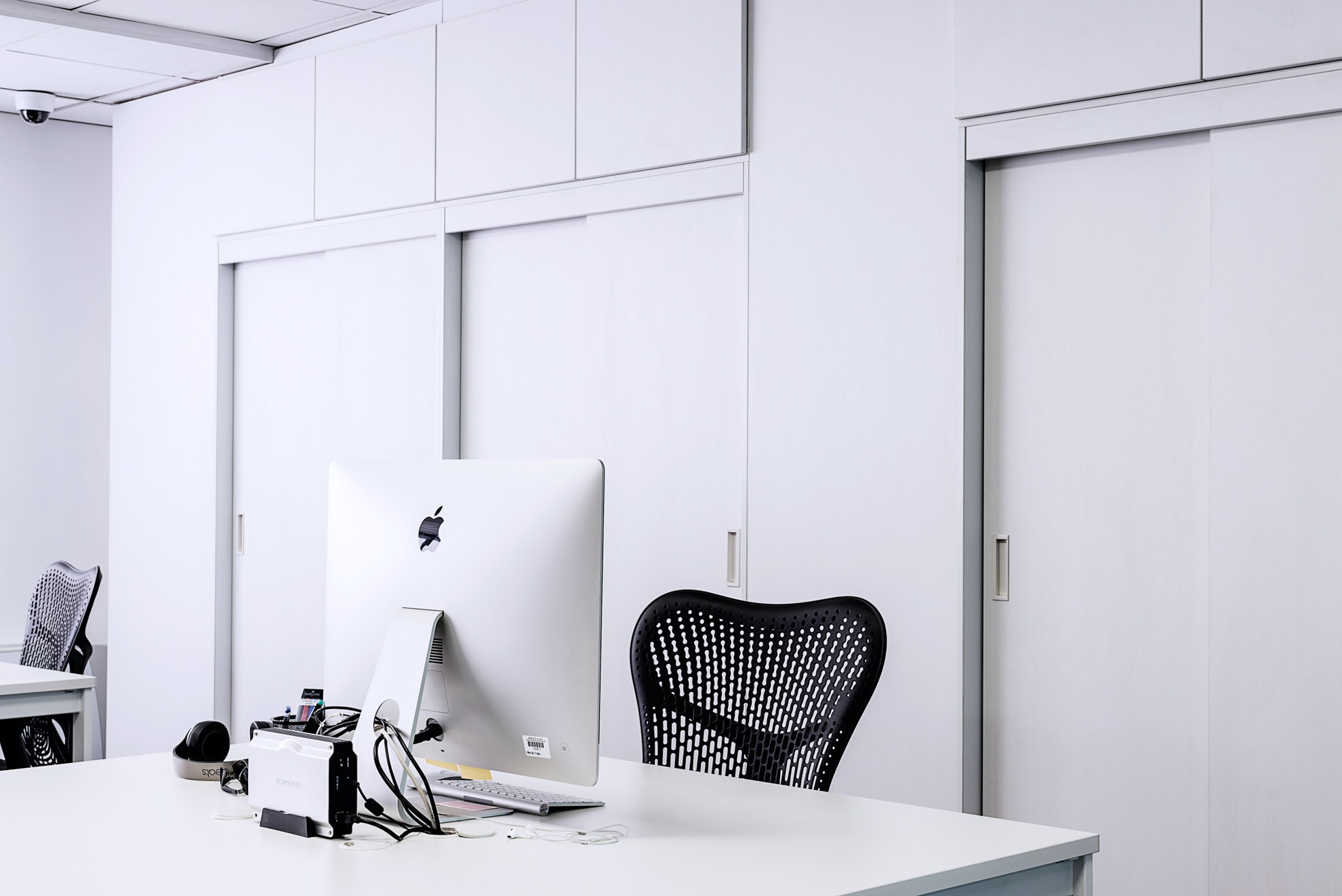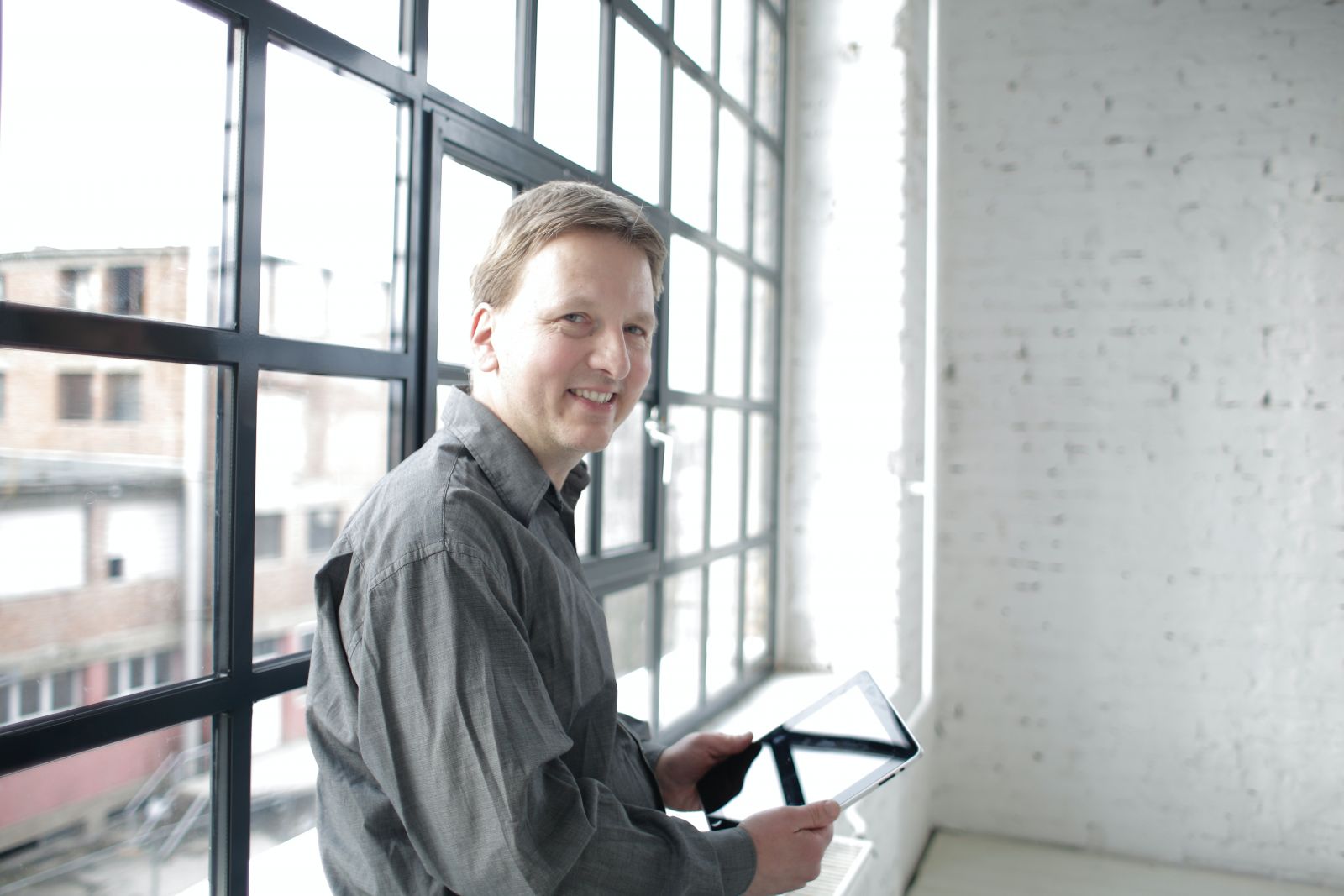Freedom Day – How Do You Feel About Returning to The Office?
For some, Freedom Day marks a much-awaited return to some of our pre-pandemic habits, including working at the office instead of at home. But is everyone keen to come...
Read Full Article
Paul Bullard from FSI gives ThisWeekinFM his advice on his top considerations for returning to the office, and the role CAFM has to play in this.
Bullard is the Business Strategy Director at FSI (FM Solutions), a global leader in Computer Aided Facilities Management (CAFM) software, with headquarters in the UK, offices in Australia and Dubai, and an international partner network. The product portfolio includes the Concept Evolution completely web-based CAFM solution and FSI GO for Mobile Application development.
“As workforces trickle reluctantly back into the office, many employees have been left feeling less than assured that it’s the right decision for their wellbeing. Configuring new working layouts and wayfinding are simple tasks that can be implemented with some careful spatial planning and any basic CAD package. But in order to truly futureproof the working environment, there are much wider considerations that need to take place.”
–Paul Bullard
Business Strategy Director, FSI
In the UK, there’s currently a great emphasis on keeping a 2-metre distance with those around you. Though an incredibly important rule to adhere to, the reality of keeping a workplace safe weighs much heavier than just distancing measures alone. Having spent years completing critical tasks that have gone somewhat underappreciated, facilities management teams have now been thrust firmly into the spotlight in the wake of the COVID-19 crisis.
As workforces trickle reluctantly back into the office, many employees have been left feeling less than assured that it’s the right decision for their wellbeing. Configuring new working layouts and wayfinding are simple tasks that can be implemented with some careful spatial planning and any basic CAD package. But in order to truly futureproof the working environment, there are much wider considerations that need to take place.
The only way to understand the extent of how a workplace is coping and evolving is to get to grips with the FM data behind the building and its occupants on a granular level. Almost every aspect of the working day can and must be analysed to avoid unnecessary contact and crowding.
If we think back to the inception of the facilities management industry, it was very much focused on maximising space and getting as much use out of assets as possible with minimal costs. Fast forward to today and pre-crisis there had been a paradigm shift in attitudes, as the focus of companies realigned to the wellbeing of employees.
What makes this climate unlike anything the industry has faced before is its unpredictability. Historically, FM tasks have run like clockwork, with planned and preventative maintenance largely remaining constant unless faced with a dramatic change in strategy. Now we have to be wholly reactive.
"What makes this climate unlike anything the industry has faced before is its unpredictability. Historically, FM tasks have run like clockwork, with planned and preventative maintenance largely remaining constant unless faced with a dramatic change in strategy. Now we have to be wholly reactive."
–Paul Bullard
Business Strategy Director, FSI
But this doesn’t have to mean being unprepared. Quite the opposite in fact. What CAFM allows you to do is preconfigure regimes that will enable you to ramp up or down depending on building occupancy. This helps you allow for any sudden change in circumstances and be proactive in your approach.
This isn’t just in terms of mothballing physical assets should services need to be wound down once again, but also accounting for what else would need to happen in the absence of occupants. For example, ensuring water systems are flushed regularly to avoid Legionella.
Every touchpoint within an employee’s or visitor’s day needs to be carefully considered. And with an extensive CAFM system, there are many solutions readily available that will make this process less daunting. Identifying all potential risks throughout the building will give you a base blueprint of what needs to be addressed, but having access to the data behind these risks is what will make them manageable and enable them to be optimised as situations progress.
Let’s take the arrival of a guest as one example. Do they have to press a button to open the door? Do they usually physically sign in at the front desk? What happens if they want to make themselves a coffee while they’re here?
One strategy we’ve seen many of our global clients implement is the introduction of QR scanning – the guest is able to notify the front desk when they’re arriving and is sent a QR code. This QR code can be scanned physically at the entrance and allow them access to the building, and to be provided with all the relevant information surrounding their visit. At this point, a photograph can be captured and sent to the guest host.
When tens or hundreds of people share kitchens and break rooms, this will inevitably lead to crowding and unnecessary contact. Using touch screen appliances such as coffee machines can create busy scenarios that can leave employees feeling uncomfortable.
This can be counteracted by the use of a CAFM integrated app that allows the booking of facilities from a desktop or mobile. People can choose when they take their lunch, book a 5-minute slot to make a coffee when they know the area will be clear and feel safe in the knowledge they won’t be surrounded by people in close proximity. Additionally, some companies are introducing webcam style viewing of breakout areas where employees can view how busy an area is and make an informed decision on whether to visit.

Picture: A photograph of a person sitting at a windowsill, using a tablet
In commonly used areas such as meeting rooms, it’s important to monitor occupancy levels and bookings. Consider incorporating a cleaning task after the end of every booked meeting for an additional layer of assurance. For other cleaning tasks around a building, cleaners can access their daily tasks within their CAFM app.
But why not ensure that the amount of cleaners visiting a space is kept to a minimum? Optimise their routes to keep contact with others minimal, and introduce QR codes outside common areas such as toilets so they can pick up on any additional reported issues, and address them without the need to distribute another person.
Having every bit of data fed back into the system means that, should your building be subject to a random inspection by the government, you have a full record and audit trail of every task, person and their whereabouts, and can demonstrate that you’ve taken the best possible course of action in every instance possible.
Additionally, contractors will need to be monitored closely. And, as with guest check-ins, contractors can sign in using a similar method. You can also provide a live picture to the building manager for them to compare against their recorded ID, illuminating the need for face-to-face verification.
With a lot of vague guidance in the UK, there are many factors that remain unclear at present. By identifying all possible risks, using CAFM to monitor the situation in real-time, and enabling regime changes where needed, you can help keep employees and visitors fully assured of the compliance and safety measures in place.
Much of it is common sense, but the implementation requires sophisticated technology to manage and maintain, relying very heavily on accessible data. The future of CAFM is very prominent in the workplace, and as the focus on employee wellbeing becomes firmly cemented into the everyday lives of building managers and owner-occupiers, this is a real opportunity for FMs to be respected at a more strategic level.
Picture: A photograph of an office desk, with a desktop computer
Article written by Paul Bullard | Published 28 May 2020
For some, Freedom Day marks a much-awaited return to some of our pre-pandemic habits, including working at the office instead of at home. But is everyone keen to come...
Read Full ArticleAround half of UK office workers feel confident about returning to work without a fully vaccinated workplace. Research shows that 80 per cent of UK office...
Read Full ArticleWith businesses already putting plans in place to get people back into the office, ensuring good hygiene practices is paramount in preventing any spread of coronavirus in...
Read Full ArticleA smart-monitoring technology company has launched a wearable smart tag designed to make social distancing easier. The body-worn Orbi-Trace smart tag gives the...
Read Full ArticleBureau Veritas is stressing the need to carry out indoor air quality surveys, swab-sampling programs and quantification of fresh air assessments, to ensure premises...
Read Full ArticleIn an address to MPs today, Boris Johnson has tightened COVID-19 restrictions in England, calling on people to work from home where possible and pausing plans for...
Read Full ArticleBoris’ new rule of six doesn’t apply to workplaces, but how might the tightening of lockdown measures affect general confidence when returning to...
Read Full ArticleThe Transport Minister has told a London radio station that: “Our central message is pretty straightforward: we are saying to people it is now safe to return to...
Read Full ArticleCatering services provider Bartlett Mitchell has announced the launch of “BM delivered” to support clients looking for temporary food solutions during...
Read Full ArticleAn undeniable staple of UK office culture, extra hygiene measures in workplaces to prevent COVID transmission may temporarily spell the end of the communal office tea and...
Read Full Article